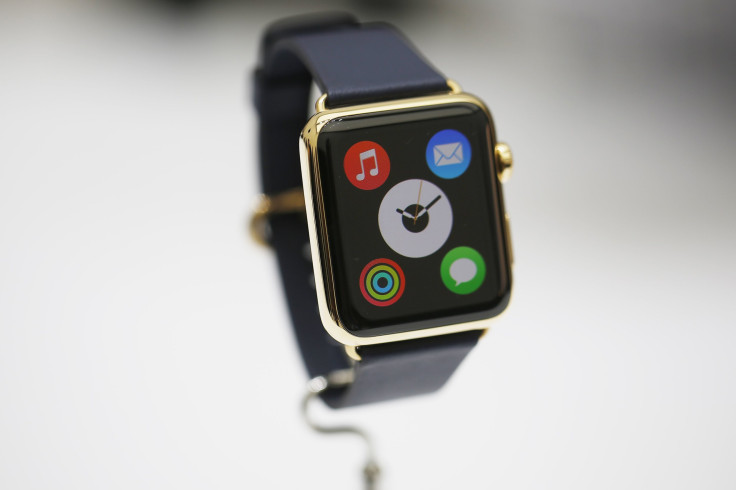Apple Watch Upgrade Cycle: How Long Will Consumers Wait To Move Up To The Next Model?

Apple Watch, the first completely new product category to come out of the technology titan of Cupertino, California, since Timothy D. Cook took over as CEO, is expected to sell big, with some analysts forecasting tens of millions of units in first-year sales. Beyond that, it’s far less clear if the gadget will be an ongoing, iPhonelike cash cow for the company, as it’s uncertain whether consumers will feel the need to regularly upgrade to new versions.
Just what exactly will be the upgrade cycle for the Apple Watch is a critical question: Holders of the company’s equity are counting on the device to help push the firm over the $1 trillion mark in valuation.
Phones typically get replaced every two years, personal computers last four or five years, and good televisions can hang around for seven years or more. A watch? The cycle is far less certain. The Apple Watch doesn’t have subsidies and two-year contracts to drive upgrades. And the wearables market as a whole is just beginning to find its bearings.
Most analysts are loath to guess at what the upgrade cycle will look like for the Apple Watch, partially because it won’t be released until April. But most agree it will be longer than the iPhone’s. “There will be a longer replacement cycle,” said Michael Walkley, Canaccord Genuity managing director. “It might not be this boom [the iPad saw] in the first one available.”
Apple sold 14.8 million iPad units in 2010, wildly blowing past analysts’ first-year estimates of 3.3 million, according to AllThingsD. After years of growth, though, the product line’s sales have been in a sharp decline during the past year.
The Apple Watch is expected to come in several configurations at launch, and the prices gaps between each will be huge. At the low end, the device will begin at $349, Apple said in September. At the high end, the rose gold and 18-karat gold models are rumored to run as much as $5,000.
“With cheaper ones, consumers will be able to play the accessory game where you can see them buy different straps for different occasions -- this will lengthen the replacement cycle potentially,” said Carolina Milanesi, Kantar Worldpanel chief of research. “If you are thinking of the gold version, people who look at investing as much money as the rumored price don’t have much limitations on disposable income, which again makes estimating a replacement cycle harder.”
The Apple Watch could also spur a robust secondhand market, because most Apple products maintain value years after they’ve been replaced by newer models. For example, a 64 GB iPhone 5s regularly fetches more than $300 on eBay even with the iPhone 6’s record sales.
One factor that could keep the Apple Watch from having a lengthy replacement cycle is its battery, whose charge is rumored to last a healthy 19 hours under certain conditions.
Muddying potential estimates even further is the way the Apple Watch is designed to operate -- by offloading much of the heavy lifting to the iPhone with which it’s paired. “What that means is that users won’t necessarily need as much power, because most of the processing will be occurring on the actual phone. So by that logic, if you did upgrade the phone, then you can still use the Apple Watch that you had,” said Antonios Maroulis, IHS Technology analyst for mobile media, devices and networks.
Due to the fact the Apple Watch will be reliant on the iPhone to do a lot of processing, the potential replacement base will be limited primarily to users who own iPhones or switch to the iOS ecosystem. But for Apple that may not be an issue, as there will be about 487 million iPhone 6 and iPhone 6 Plus owners by the end of 2015, according to Canaccord Genuity. Although the Apple Watch may have a longer replacement cycle than the iPhone does, it isn’t expected to hurt the company all that much.
“As long as they innovate and add new products, they should continue to grow as a company,” Canaccord Genuity’s Walkley said. “On each product segment, you can certainly see the replacement cycle being longer than the phone.”
© Copyright IBTimes 2024. All rights reserved.






















